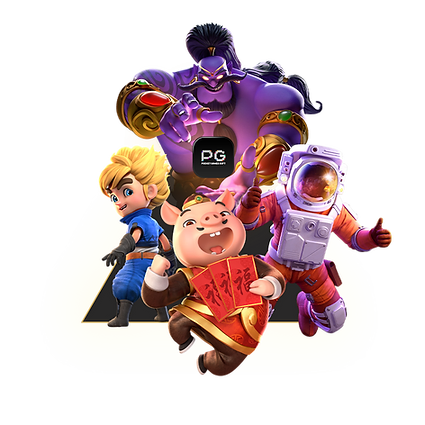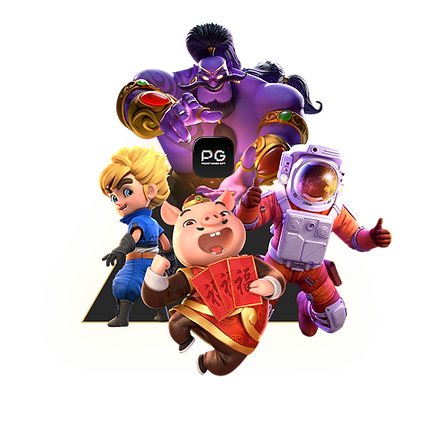Dunia slot online dipenuhi dengan beragam permainan menarik. Namun, bagaimana caranya untuk memilih slot yang lagi "panas" dan berpotensi mendatangkan cuan? Di STARS77, jawabannya ada pada slot gacor hari ini! Artikel ini akan menjadi panduan lengkap Anda untuk menaklukkan dunia slot online bersama STARS77.
Mengenal Slot Gacor Hari Ini
Istilah "slot gacor hari ini" merujuk pada permainan slot online dengan Return to Player (RTP) yang tinggi. RTP adalah persentase teoritis pengembalian uang yang dibayarkan kepada pemain dalam jangka waktu tertentu. Semakin tinggi RTP, semakin besar peluang Anda untuk meraih kemenangan. STARS77 bekerja sama dengan provider slot ternama yang secara rutin mengupdate informasi RTP, sehingga Anda bisa memilih permainan dengan potensi kemenangan terbaik.
STARS77: Rumah Para Slotter Gacor!
STARS77 tak hanya menghadirkan slot gacor hari ini, tetapi juga menawarkan berbagai keunggulan yang membuat Anda betah bermain:
- Kumpulan provider slot ternama: Pragmatic Play, Microgaming, Slot88, dan masih banyak lagi.
- Update slot gacor harian: Dapatkan informasi terbaru dan terakurat seputar slot gacor setiap harinya.
- Keamanan terjamin: Sistem keamanan STARS77 yang canggih memastikan data dan privasi Anda terlindungi.
- Transaksi mudah dan cepat: Deposit dan withdraw dana dapat dilakukan dengan berbagai metode yang praktis dan efisien.
- Bonus dan promo menarik: Nikmati beragam bonus dan promo menarik, seperti bonus new member, bonus deposit, cashback, dan free spin.
- Layanan pelanggan 24/7: Tim customer service STARS77 siap membantu Anda kapanpun Anda membutuhkannya.
Tips Memilih dan Bermain Slot Gacor Hari Ini di STARS77:
- Perhatikan RTP: Pilih slot gacor dengan RTP di atas 96%.
- Pelajari fitur bonus: Manfaatkan fitur bonus yang tersedia dalam permainan untuk meningkatkan peluang menang.
- Kelola bankroll dengan baik: Tetapkan batasan bermain dan jangan terlena dengan hawa nafsu.
- Pilih permainan yang sesuai dengan minat Anda: STARS77 menawarkan berbagai tema slot yang menarik, pilihlah yang sesuai dengan preferensi Anda.
STARS77: Lebih dari sekadar Situs Slot Gacor
STARS77 tak hanya sekedar menyediakan slot gacor hari ini, tetapi juga berkomitmen untuk menciptakan pengalaman bermain slot online yang aman, nyaman, dan menyenangkan. Dengan STARS77, Anda dapat:
- Bergabung dengan komunitas slotter: STARS77 memiliki komunitas slotter yang aktif, di mana Anda bisa berbagi pengalaman dan tips bermain.
- Ikut turnamen slot online: STARS77 secara berkala mengadakan turnamen slot online dengan hadiah menarik.
- Mencoba permainan gratis: STARS77 menyediakan mode demo gratis untuk Anda mencoba berbagai permainan slot sebelum bermain dengan uang sungguhan.
Raih Kemenangan Maksimal dengan Slot Gacor Hari Ini di STARS77!
STARS77 adalah pilihan tepat bagi Anda yang ingin menaklukkan dunia slot online. Dengan slot gacor hari ini, berbagai keunggulan yang ditawarkan, dan tips bermain yang tepat, bersiaplah untuk meraih kemenangan maksimal!
Daftar sekarang di STARS77 dan buktikan sendiri sensasinya!

